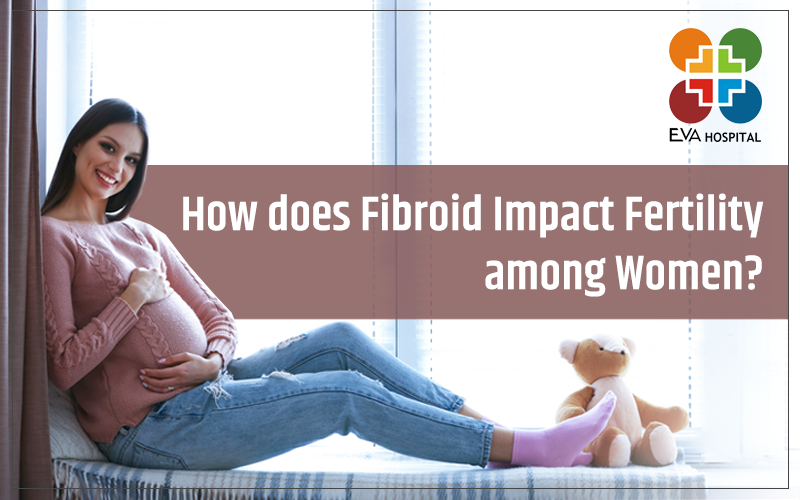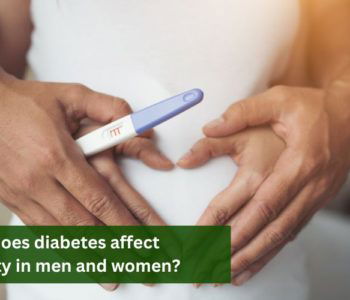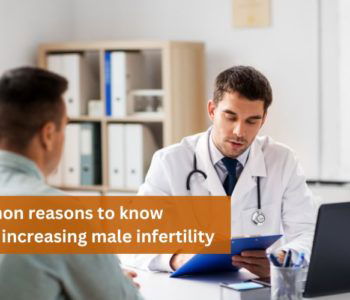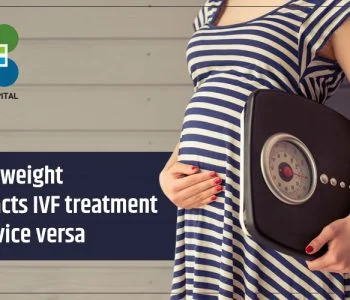How does Fibroid Impact Fertility among Women?
 infertility
infertility
How does Fibroid Impact Fertility among Women?
Fibroids are often cited among the many factors that adversely impact female fertility. Also called leiomyomas, uterine fibroids, which are growth originating from muscle tissue in the uterus, have remained a topic of much debate and clinical research in the past few decades viz a viz their role in influencing fertility. This makes it pertinent for us to understand what they really are, and how they affect female fertility.
What are Fibroids?
Fibroids or myomas are benign tumors that grow from muscle tissue in the uterus. It can be caused due to hormonal changes in a woman’s body or might just run in the family. At the outset, it is also important to mention that fibroids seldom develop into cancer.
With sizes ranging from as small as a pea to as large as an orange, they may also grow in the uterine wall, inside the uterine cavity, or within the uterine wall. One of the most prevalent conditions among childbearing women, typically in the age group of 30 to 50, uterine fibroids may or may not manifest themselves through symptoms. Among the women who do experience the symptoms, it is highly influenced by the location, size and number of fibroids.
Global studies show that 20% of women experience fibroids during their reproductive age. The percentage is, however, higher among African-American women (50%-80%). In 2021, studies conducted on the subject show nearly 38 percent of women in rural India and 24 percent of women in urban India had uterine fibroid.
Uterine fibroids are frequently found incidentally during a routine check-up of your pelvic. The doctor may feel irregularities in the shape of the uterus, indicating the presence of fibroids. Fibroids can be identified through an ultrasound, lab tests, Hyster sonography or an MRI.
Symptoms of uterine fibroids
The most common signs and symptoms of fibroids include:
- Heavy menstrual bleeding
- Frequent urination
- Constipation
- Difficulty emptying the bladder
- Menstrual period lasting longer than a week.
Do uterine fibroids affect fertility?
Studies done worldwide on the subject say most women with fibroids are not infertile, and only 5 among 100 such women may experience problems in conceiving. However, a more recent study conducted by Carlo Bulletti, Maria Elisabetta Coccia, Silvia Battistoni, and Andrea Borini in 1999 conclusively proved that fibroids influence infertility, and removing them increased the pregnancy rate from 25% to 42%. It also showed that fibroids might affect your fertility in several different ways, depending on their sizes, location, and type.
The size of the fibroids, for instance, changes the shape of the uterus or cervix, which directly affects the number of sperm that can enter the uterus. It may also cause infertility by obstructing the fallopian tubes, and becoming a barrier to gamete transport. Lack of blood flow to the uterine cavity due to fibroids can also lead to infertility. It might change the shape of the uterus to prevent embryo implantations, too.
Treatment for removing fibroids to improve fertility?
In case fibroids are resulting in a woman experiencing difficulty conceiving, it is important to undergo a basic fertility evaluation to find the cause of infertility and determine the treatment needed. These treatments may include:
Medication: Medications for uterine fibroids target hormones that regulate your menstrual cycle, treating symptoms like heavy menstrual bleeding and pelvic pressure. They do not eliminate fibroids, but may shrink them. Medications include Gonadotropin-releasing hormone (GNRH) agonists, Progestin-releasing intrauterine devices, etc.
Myomectomy
Myomectomy is a potential surgical treatment for the removal of fibroids. In general, approximately 50% of women with infertility and fibroids become pregnant after undergoing this treatment. The surgeon’s goal during myomectomy is to take out symptom-causing fibroids and reconstruct the uterus.
Uterine artery embolization
In this procedure, plastic or gelatin particles are injected through the catheter into the blood vessels that supply blood to the fibroids. These cut off blood flow to the fibroids, causing them to shrink and disappear.









